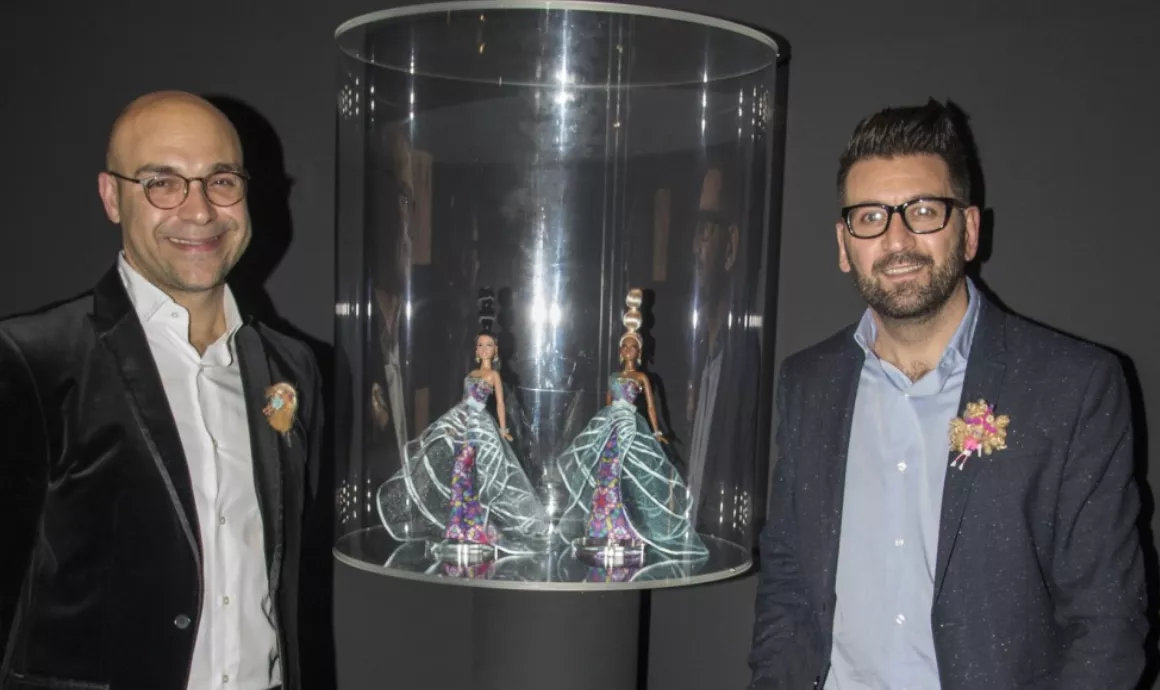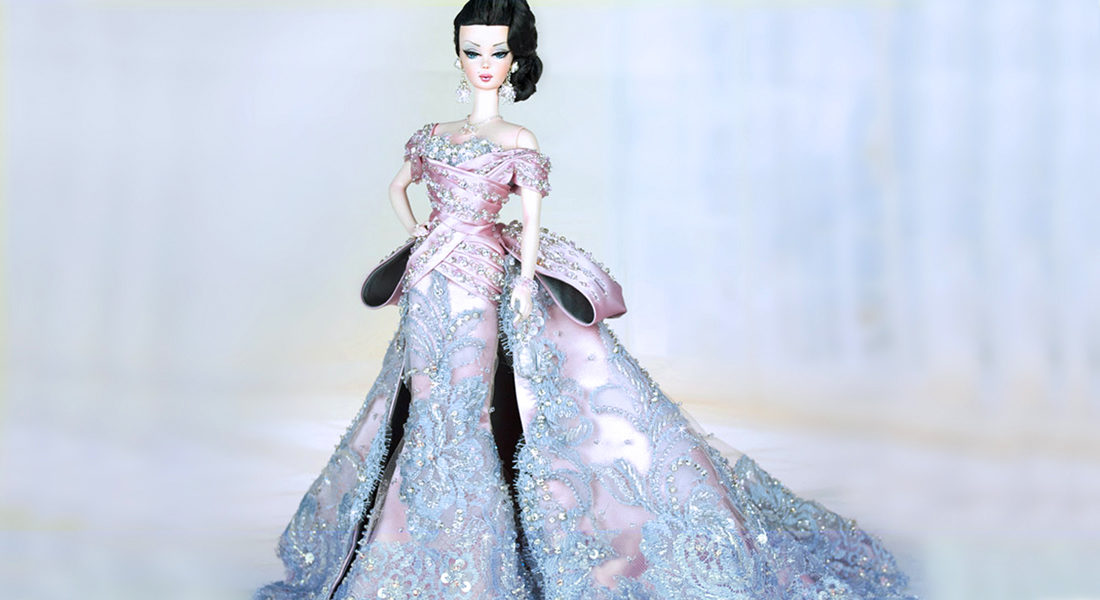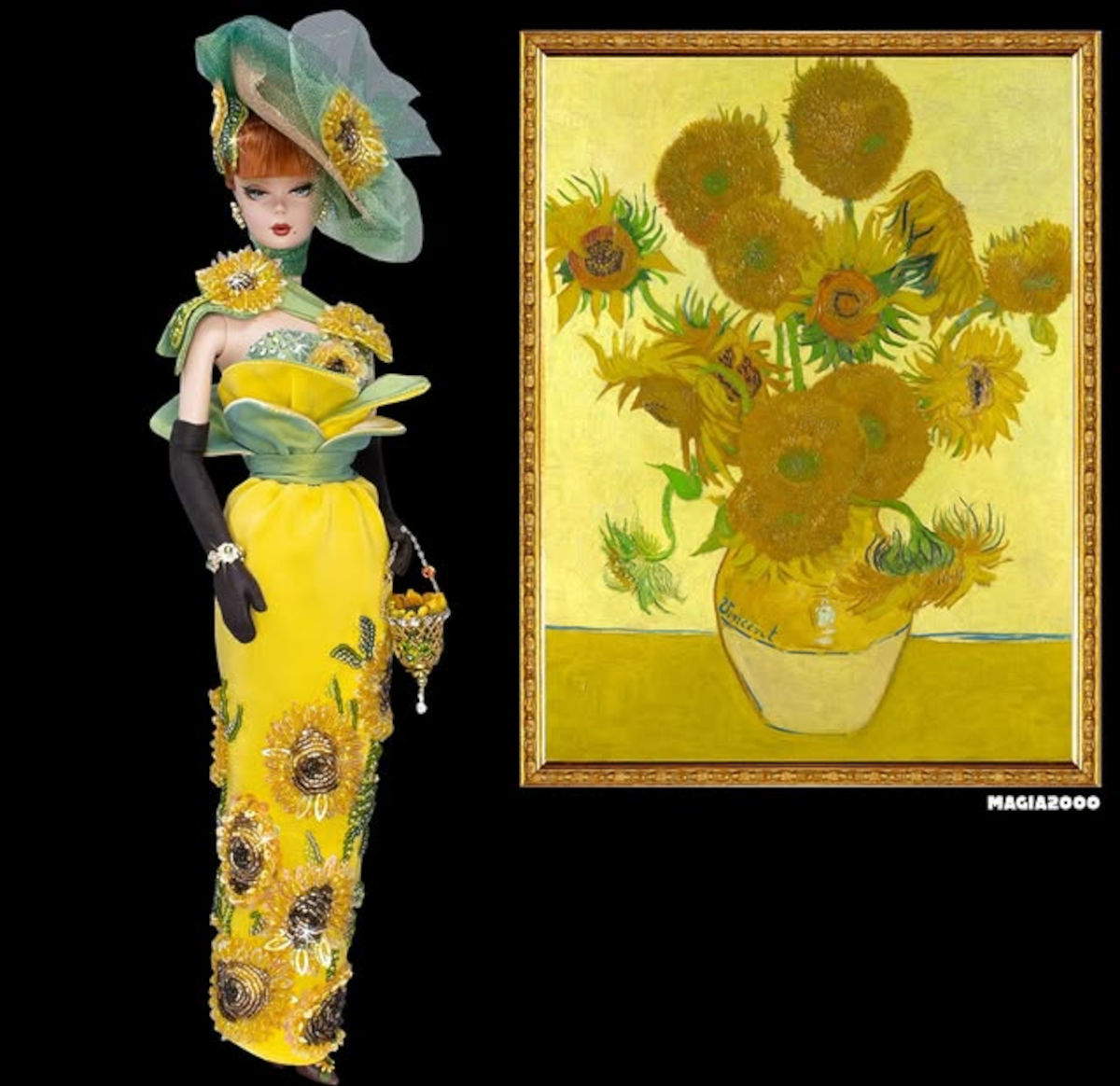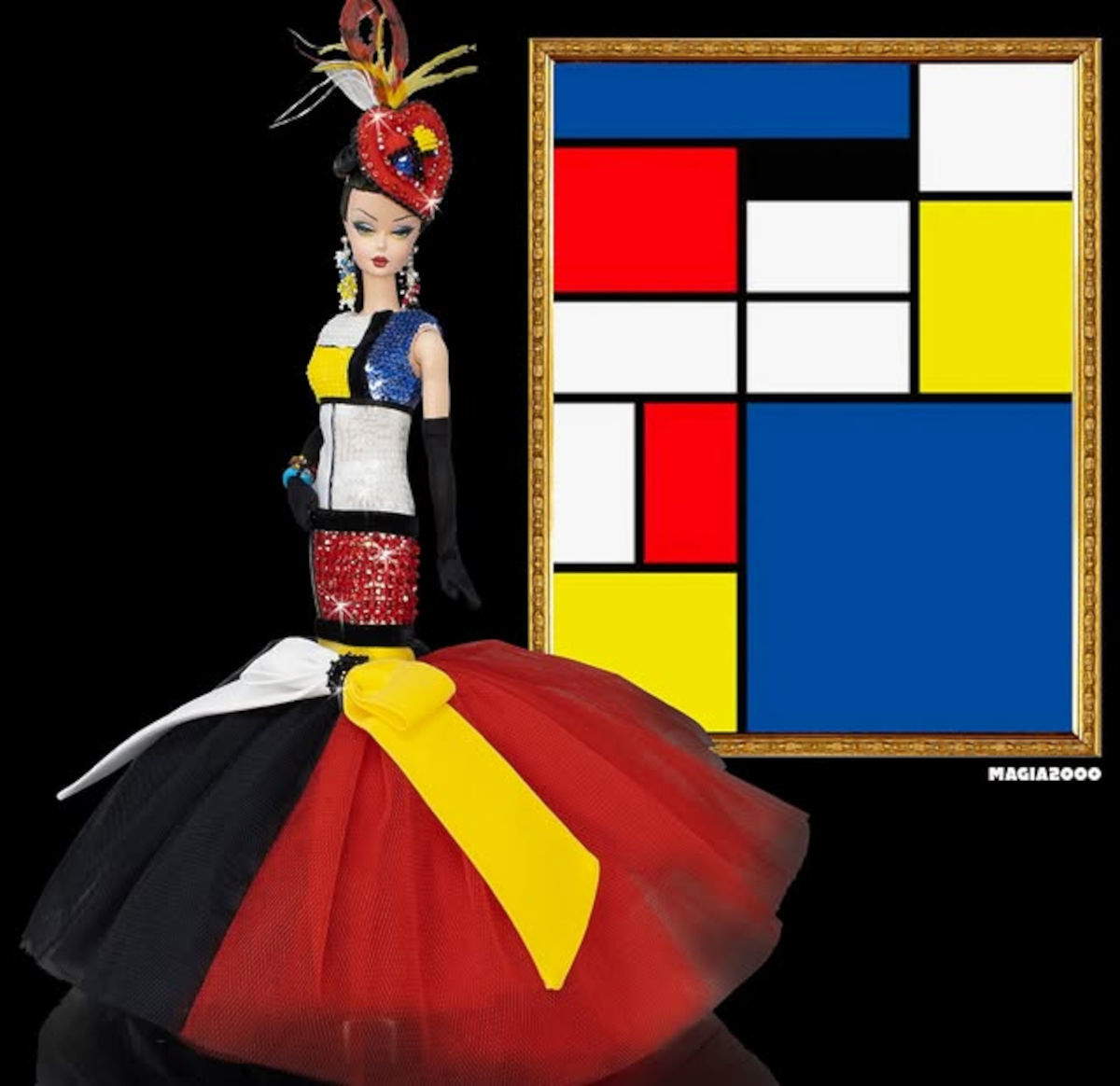
The world of art, design, and collecting experienced a profound loss on July 27, 2025, with the tragic passing of Mario Paglino, 52, and Gianni Grossi, 54. These Italian designers, a married couple who lived and worked together in Novara, west of Milan, transformed humble Barbie dolls into magnificent, one-of-a-kind works of art, commanding thousands of dollars and inspiring a global community.
Their deaths occurred in a devastating car collision on the A4 Turin-Milan highway in Italy, an incident reported by the Italian news service ANSA. The vehicle in which they were traveling was struck by another car that was going the wrong way. This untimely tragedy has sent ripples of sadness through the vast and passionate Barbie doll-collecting community, where Paglino and Grossi were celebrated luminaries.

Gianni Grossi’s fascination with Barbie began early in his life; as a child, he often engaged in play with a little girl who possessed several Barbie dolls. Born on November 27, 1970, in Biella, Italy, northeast of Turin, Grossi grew up with a mother, Marissa Grossi, who worked in the textiles industry. He is survived by his mother and a half sister, Luisa, a testament to his enduring familial connections.
Mario Paglino, born on June 30, 1973, in Turin, was the eldest of three sons to Maria Concetta (Albano) Paglino and Guiseppe Paglino, who managed a laundry service. His interest in Barbie dolls was kindled at the tender age of nine. After diligently assisting with household chores and much persistent pleading, young Mario was finally granted the coveted Barbie Dream Date doll.
However, this childhood joy was short-lived when children at school cruelly taunted him, leading his father to take the doll away. Years later, a significant moment of connection between Mario and Gianni occurred when Mr. Grossi thoughtfully presented Mr. Paglino with that very same doll, effectively rekindling his enthusiasm for Barbies. This shared passion for the iconic doll laid the foundation for their deep personal and professional bond.

The two men first met in 1997, and their connection quickly blossomed into a loving relationship. By 1999, their shared creative vision led them to establish their company, Magia2000. The name itself, “Magia,” means magic in Italian, but it also cleverly incorporated the first few letters of each founder’s first name, symbolizing their unified artistic endeavor.
At the heart of Magia2000’s unparalleled craftsmanship was their choice of material. They predominantly worked with Barbies made from silkstone, a sophisticated composite material known for its smooth, porcelain-like appearance. This blend of resin, quartz, and sand produces a doll that is notably heavier and more substantial than the typical models found in chain stores, reflecting the elevated quality they sought.

Magia2000’s Barbies underwent a meticulous, complete makeover, transforming them from factory-produced figures into bespoke masterpieces. The original factory face paint was painstakingly removed, making way for an entirely new aesthetic achieved with the precise application of acrylic paint and watercolor pencils. Their hair was either expertly restyled or, in a process known as re-rooting, entirely removed and replaced with new nylon tendrils of a different shade, allowing for limitless creative expression.
Their partnership was a symphony of specialized skills, each contributing to the exquisite final product. Mario Paglino, with his background as a fashion designer, took charge of designing and meticulously crafting the dolls’ elaborate clothing, as well as executing their intricate hairstyling. Gianni Grossi, a graphic art director, brought his keen eye for detail to hand-sewing the delicate beading, embroidery, and appliqués, often featuring prominent Swarovski crystals.
Beyond the embellishments, Mr. Grossi also managed the dolls’ accessories, ensuring every element contributed to the overall grandeur. His talents extended to the crucial areas of photography and marketing for the company, effectively showcasing their creations to a global audience. Kim Culmone, the head of design for dolls at Mattel, lauded their approach, noting that “Mario and Gianni had a very couture approach — very detailed — with impeccable gown construction.”

Their unswerving attention to detail and deep knowledge of both fashion and art history were consistently hailed by collectors. This expertise manifested in the extravagant ruffles, opulent bows, and intricate embellishments that adorned their creations, applied to luxurious fabrics like silk, satin, and tulle. Most Barbies from their atelier commanded prices between $2,000 and $3,000, reflecting the exceptional artistry involved.
Their artistic range was extraordinary, encompassing a diverse array of inspirations, from historical masterpieces to contemporary pop culture phenomena. One well-cloaked Barbie of their devising appeared as if it had stepped directly out of a Velazquez painting, showcasing their ability to evoke classical grandeur with remarkable fidelity. This historical appreciation was a recurring theme in their work, blurring the lines between dolls and fine art.

Among their most celebrated lines were Barbies draped in finery inspired by the works of globally renowned artists. These wearable tributes offered a fresh perspective on art history, bringing iconic paintings to life in three dimensions. For instance, they created a Barbie dedicated to Vincent van Gogh’s “Sunflowers,” translating the painting’s brightness and vitality into a sartorial key with warm tones and olive green accents, evoking the radiant beauty of the flowers and reflecting the painter’s visual passion.
Another poignant homage to Van Gogh was their Iris-inspired Barbie, featuring intense purple and yellow tones that echoed the painting’s vibrant palette. Embossed floral details and plays of transparency in the fabrics rendered the emotional power and inner light of the original work into a three-dimensional vision, a true testament to the chromatic sensibility of post-impressionism.

Their tribute to Piet Mondrian’s “Composition With Red, Blue and Yellow” resulted in a doll that impeccably reflected the aesthetics of modernism. Through the calibrated use of primary color blocks, white surfaces, and black lines, they seamlessly translated abstract harmony and formal simplicity into a wearable creation, demonstrating their mastery of diverse artistic styles.
Gustav Klimt’s “Portrait of Adele Bloch-Bauer I” found new life in a Barbie whose dress echoed the painting’s gilded opulence and ornamental refinement. Lustrous fabrics, geometric decorations, and precious details meticulously restored the Viennese artist’s aesthetic universe. This homage celebrated the luxurious intersection of art and style, where every shimmering element narrated a tale of passion and genius.
Andy Warhol’s “Marilyn Diptych” was reimagined as a Barbie adorned with sequins and ruffles in pastel tones, embellished with graphic motifs reminiscent of Marilyn Monroe’s iconic image. The doll’s background and visual layout were directly inspired by the Warholian aesthetic, incorporating repeated portraits and color variations to synthesize the dynamic dialogue between celebrity, art, and mass culture, a revolutionary encounter that profoundly influenced contemporary visual culture.



:max_bytes(150000):strip_icc():focal(745x306:747x308)/kelley-mack-1-080525-c9e5362d4b2d4d359be87d390e83806e.jpg)